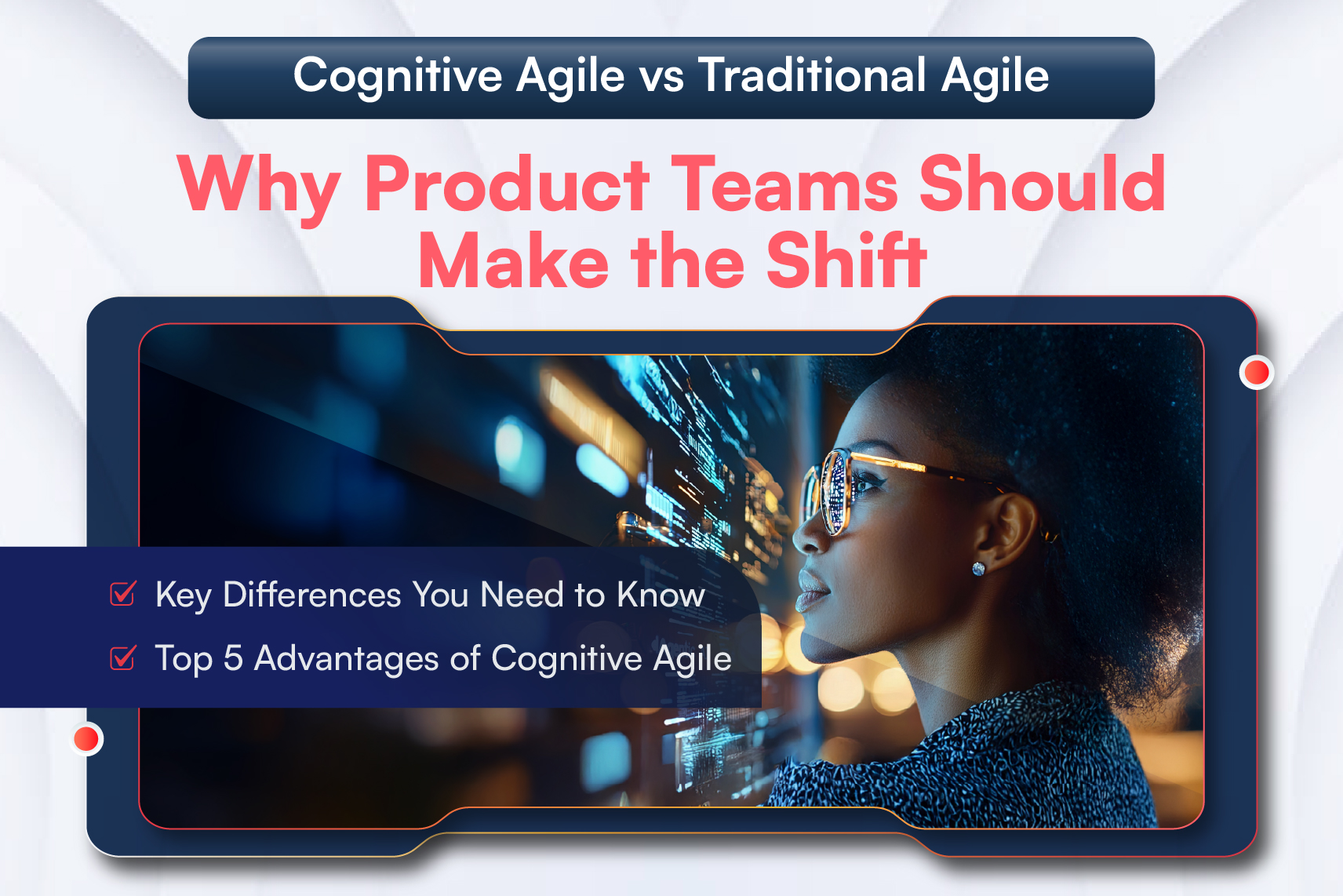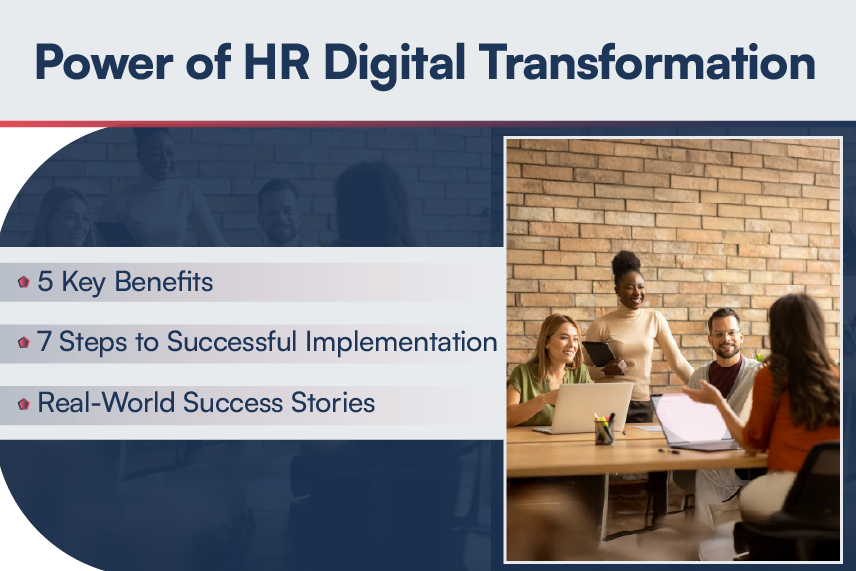
Science, Technology, Engineering, and Mathematics (STEM) fields of study have gained unprecedented importance in the new knowledge economy with technologies such as Artificial Intelligence, Internet of Things, Chatbots, Blockchain, and many others becoming mainstream. So, more and more people need to be exposed to STEM learning fields. STEM education encourages experimentation, teamwork and knowledge application, problem-solving, critical thinking, innovation, and more.
Education technology can play a critical role in getting more enrollments into the STEM fields by making STEM education more straightforward and more effective. Learning technologies and tools provide many features to improve learning. Some of them include:
- · Virtual simplification models like simulations and gamified tools and technologies like virtual reality are being used to engage with learners to help them create better and more accurate models of engineering processes. Fundamental scientific concepts are better explained with Augmented Reality. Researchers have found in a study that learners using simulation for learning have a better understanding of the concepts as compared to others learning without the aid of technology.
- · Instant feedback mechanism
A valuable feedback mechanism is critical in learning. Digital tools not only enable instantaneous and valuable feedback but also accompany it with reasonable and challenging goals to direct the learners’ efforts. Instant feedback also helps learners to evaluate their performance and direct their efforts better.
- · Encouraging collaboration
Enables collaboration, which promotes collaborative reasoning amongst learners. This helps learners to improve their innovations and ideas. Collaboration technologies also enable learners to maintain a shared understanding of problems, improve interactions amongst each other, and encourage innovations.
- · Stimulating computational thinking
Thinking involves developing a deeper understanding of problems and processes through logic and the algorithmic process. Future workforce tools will involve creating personalized workflows and processes using low-code and no-code platforms that almost any skilled worker will be able to use. Using them in today’s learning systems can help today’s learners develop computational thinking to create simple-to-complex algorithms in the future to solve varied business problems in their industry and domain.
- · Leveraging data-driven modeling
A model for the real-world application is a common theme across all fields of STEM. Scientists use technology-driven models while analyzing theories about the natural world. Engineers use models to design systems that solve complex real-life problems before deploying them. Technology can provide learners with data sources, functions, structures, and entity relationships for them to develop facts-based models that can be continually tested and improved.
STEM professions will be critical to solving the complex problems of the future. They are a catalyst for growth, innovation, and sustainable development. Technology can bring about improvements in learning across the above dimensions and reach more learners. Using technology to improve simulations, feedback, collaboration, computational thinking, and modeling will generate interest, ease learning, and encourage more students to take up STEM subjects in classrooms. Doing so from an early age is essential to equip students with the necessary skills that are needed to be productive in the future workforce.






